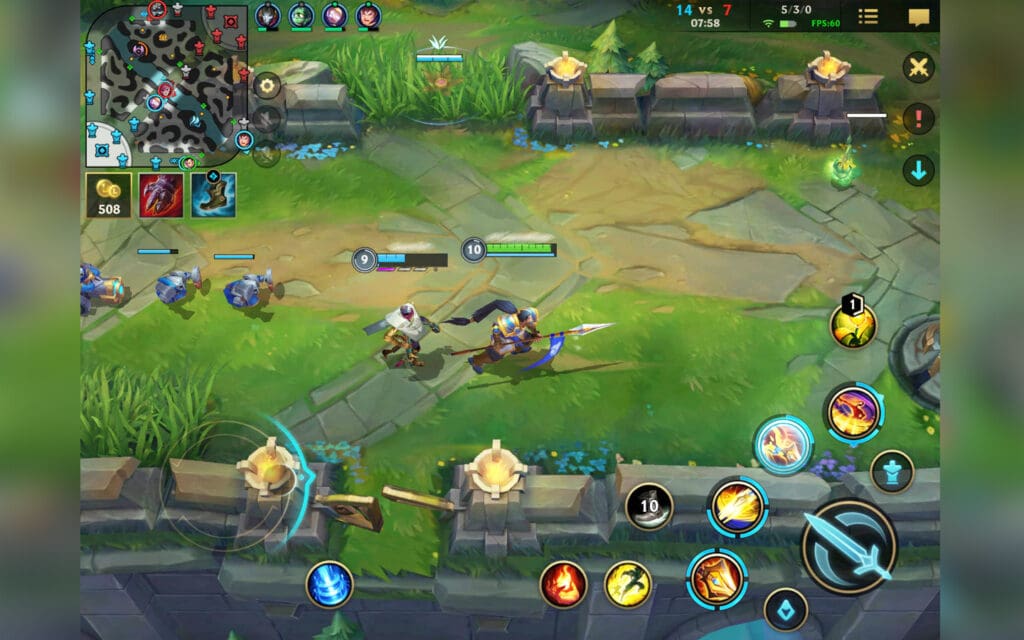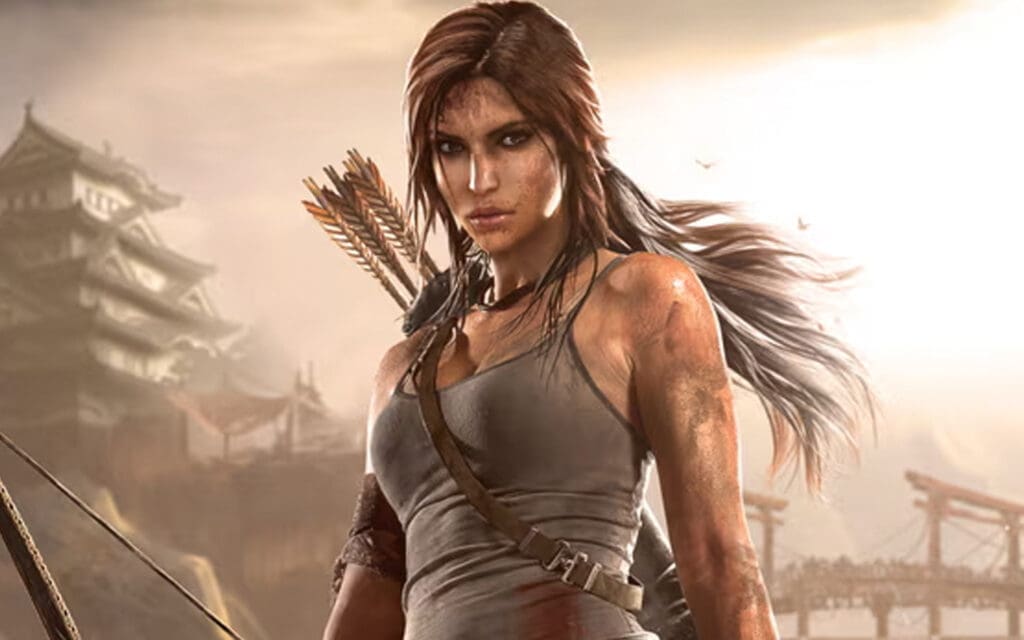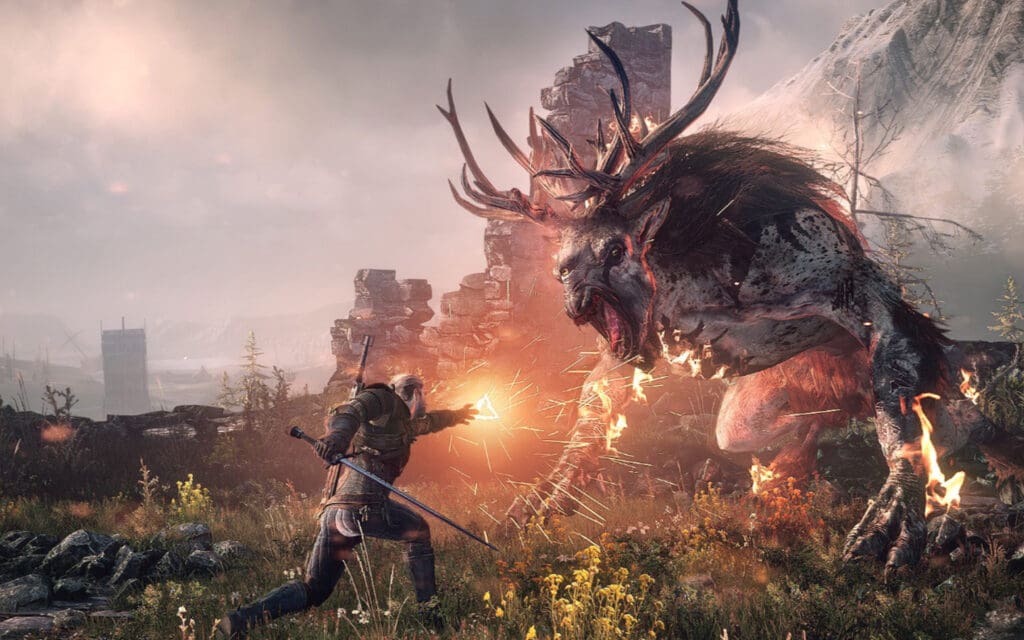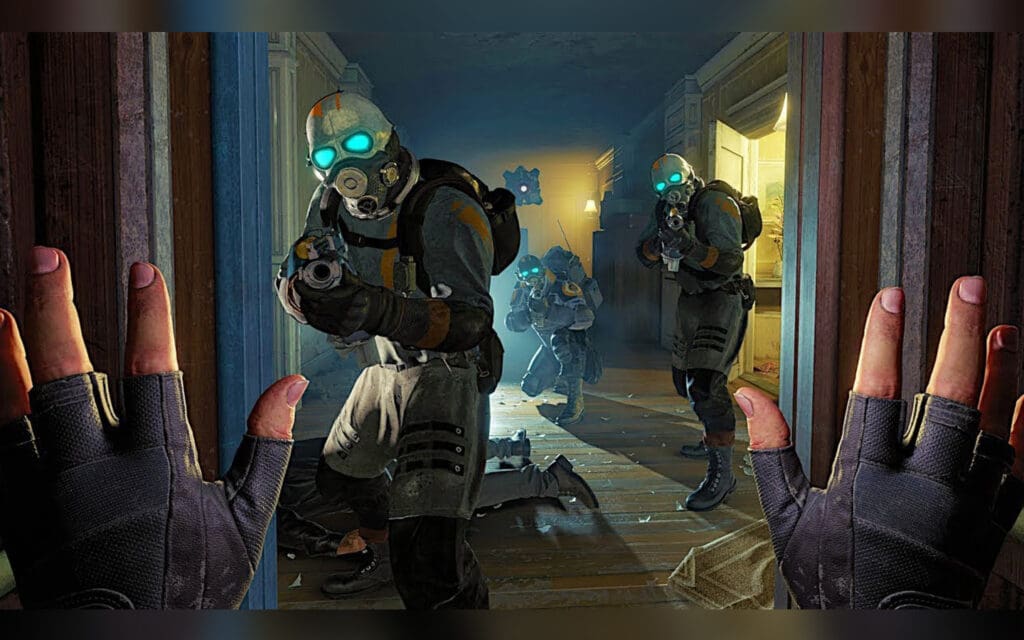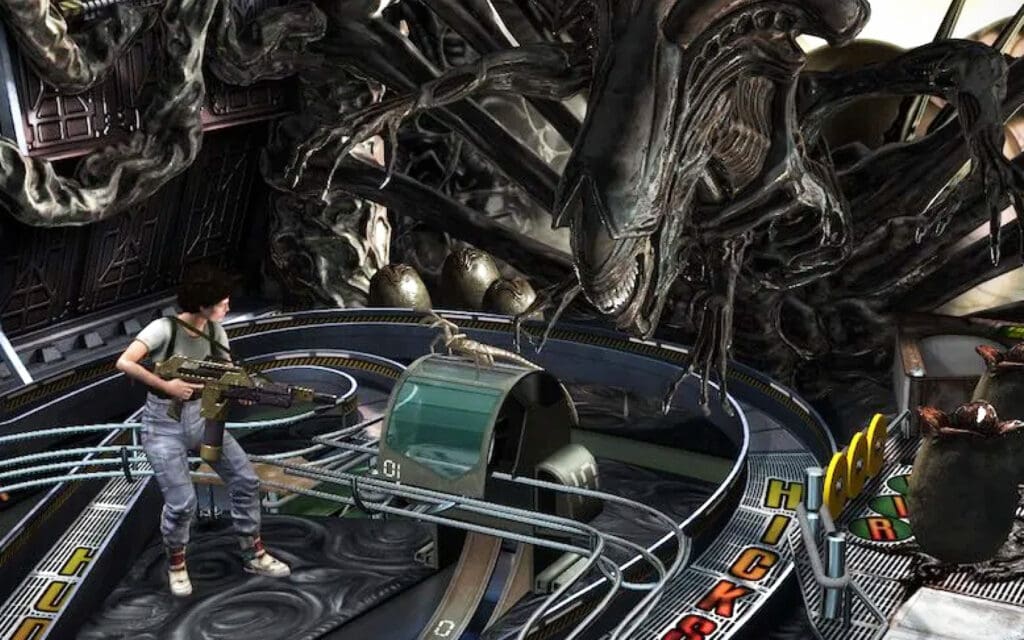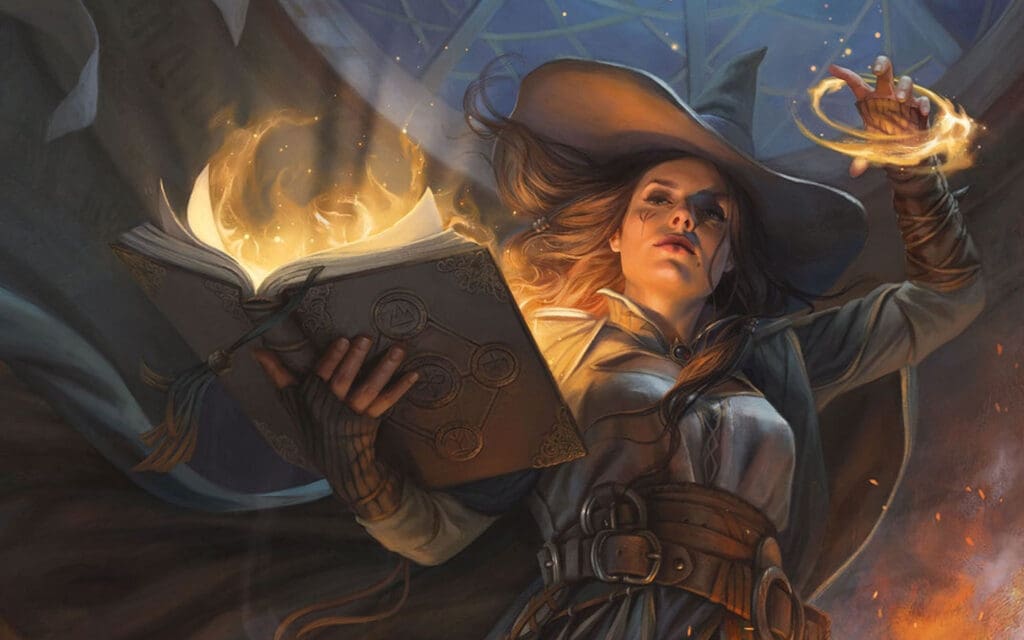Following the Satanic Panic of the 1980s, the media and other talking heads were looking for new controversies to blow out of proportion. Video games were starting to mature, and graphic fidelity was strong enough to start showing things like blood, gore, and more skin.
These nine games got the worst of it in the ’90s, but looking back at the controversies, it’s hard not to chuckle. These controversies are so tame by today’s modern standards that it’s hard to believe there was any outrage. So without further ado, let the controversies begin!
9. Doom (1993)
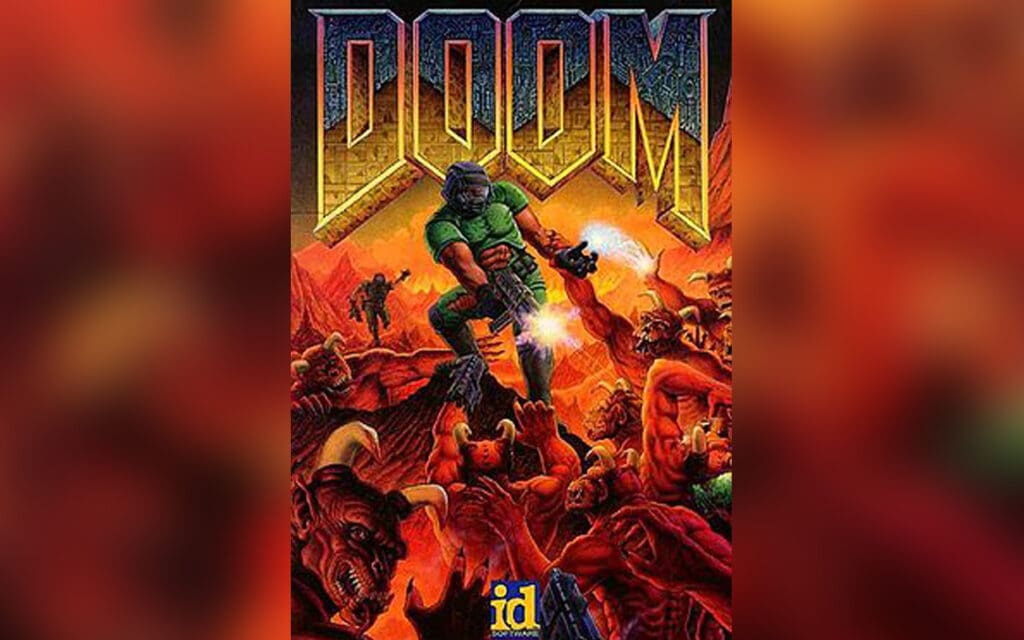
Doom (1993) has been called the “father” of first-person shooters and is the first installment in this legendary game franchise. Players assume the role of a space Marine, later dubbed “Doom Guy,” and battle hordes of the undead and invading demons.
The big deal with Doom was a direct holdover from the Satanic Panic of the 1980s. Parents and some religious leaders were concerned that a game that involves a battle in hell against demons could put kids’ souls in danger. Some groups also railed against the game’s violence and industrial metal soundtrack.
8. Grand Theft Auto 1
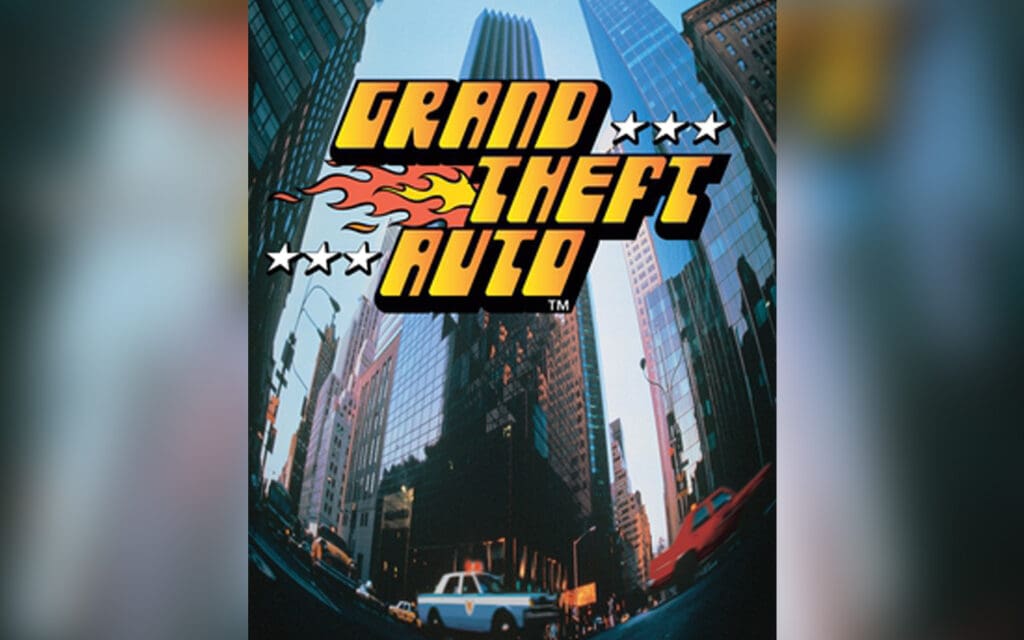
Grand Theft Auto, released in 1997, is the first title in the series and, in retrospect, is very tame compared to its successors. Nonetheless, a game centered on engaging in crime is bound to draw some controversy — and it did. Assuming the role of a criminal, players earn points by stealing and selling cars and causing death and destruction as they perform tasks for the local crime syndicate.
Upon its release, Grand Theft Auto attracted lots of coverage in the media and outrage over its amoral violence. Scottish secretary Lord Campbell of Croy condemned the game in the House of Lords. The controversy prompted BMG Interactive to hire a publicist to counter the heat.
7. Night Trap
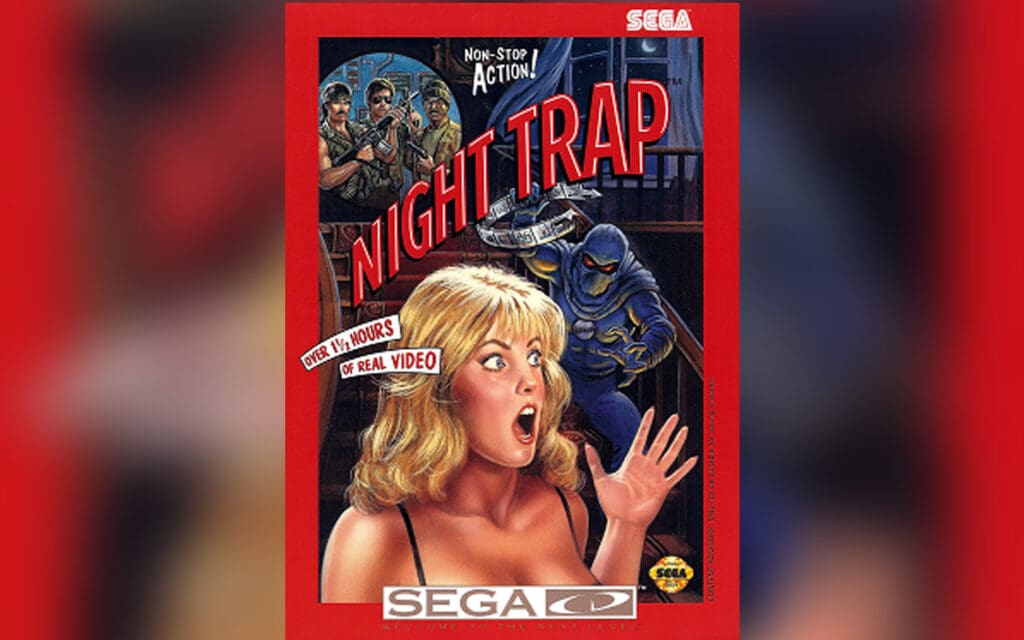
Night Trap (1992) was an interactive movie for the unsuccessful Sega CD hardware. The gameplay centers around teenage girls having a sleepover in a house that, unknown to them, is infested with vampires. Players observe through live surveillance and trigger traps to capture anyone putting the girls in danger.
While the plot sounds tame, the game’s violence brought the issue to the floor of the U.S. Congress in 1993.
What’s mind-boggling is that everyone overlooked that all the violence occurred offscreen. The attackers were comically faceless goons. The blood-draining device and other elements were deliberately made unrealistic. But how the media presented things caused the public’s imagination to run wild and think this game was far worse than it was.
6. Mortal Kombat
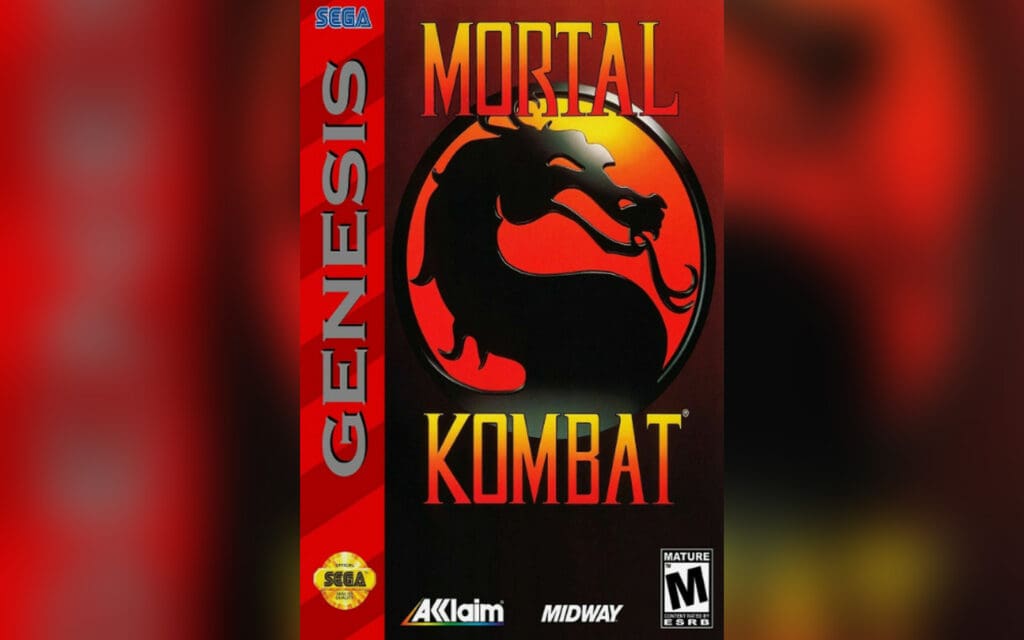
Mortal Kombat is a fighting game released in 1992 and the first entry in the series. It’s hailed as one of the greatest video games ever. However, its realistic (for the time) graphics and depictions of violence and gore drew lots of attention. It’s one of three games that prompted the US government to form the Entertainment Software Rating Board (ESRB) that set descriptor ratings for video games.
Between 1992-1993, several violent video games came to prominence. The realism of Mortal Kombat concerned some U.S. legislators. The renderings of the original MK look ancient by today’s standards. By Mortal Kombat II, released the following year, the violence and gore rose to new realistic heights.
5. Carmageddon
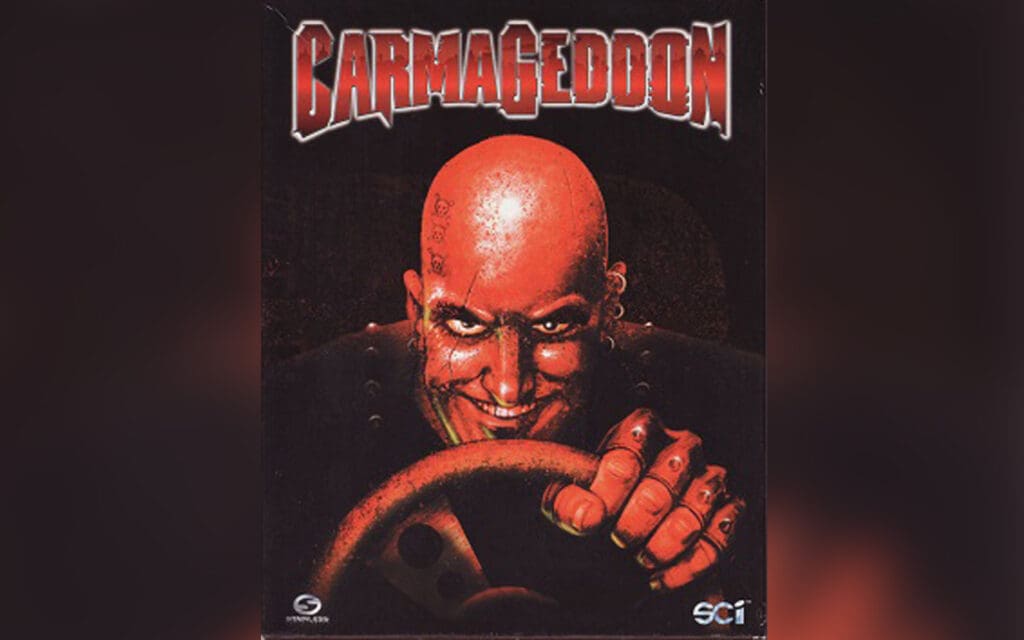
Carmageddon is a 1997 video game based around vehicular combat, a more homicidal version of a demolition derby. Players race their vehicles against computers controlled by competitors. The battles occur in various settings, including cities, mines, and industrial areas. There are 36 racetracks across 11 locations.
The objective is to damage competitors’ cars and/or run over pedestrians to earn points and bonuses. The violence led to the game being banned in many countries. The developers were actually asked to replace the human pedestrians with zombies. Still, it’s hard to imagine today how game this stirred people up, especially considering the non-realism of its original pixelated graphics.
4. Medal of Honor

Medal of Honor is a 1999 video game produced by director Steven Spielberg (story) and DreamWorks Interactive. It emerged during Spielberg’s work on the film Saving Private Ryan, and it popularized the trend of World War II shooters. But despite its pedigree, the game garnered a lot of controversy.
The president of the Congressional Medal of Honor Society criticized the game for using such a solemn and sacred symbol as the Medal of Honor for a video game. Plus, the 1999 Columbine High School incident attracted even more scrutiny to the property. Veterans called for the game to be pulled. However, decorated Marine vet Dale Dye served as an advisor, working with the team to make the game more respectful.
3. Pokémon

Pokémon is a 1996 RPG released as Pocket Monsters Red and Pocket Monsters Green in Japan, then as Pokémon Red and Pokémon Blue. It was released in the U.S. in 1998. It’s hard to imagine Pokémon could create controversy, but it was massive at the time in America.
Schools strictly rejected Pokémon across the country. Most Pokémon-related products — from cards to merchandise — were banned. But what was the big deal about? There were several reasons ranging from silly to absurd. Some believed that kids were getting addicted to the game’s collection-based mechanics. Others in religious communities railed against the use of magic in the games, with some decrying the practice as evil.
2. SimCopter
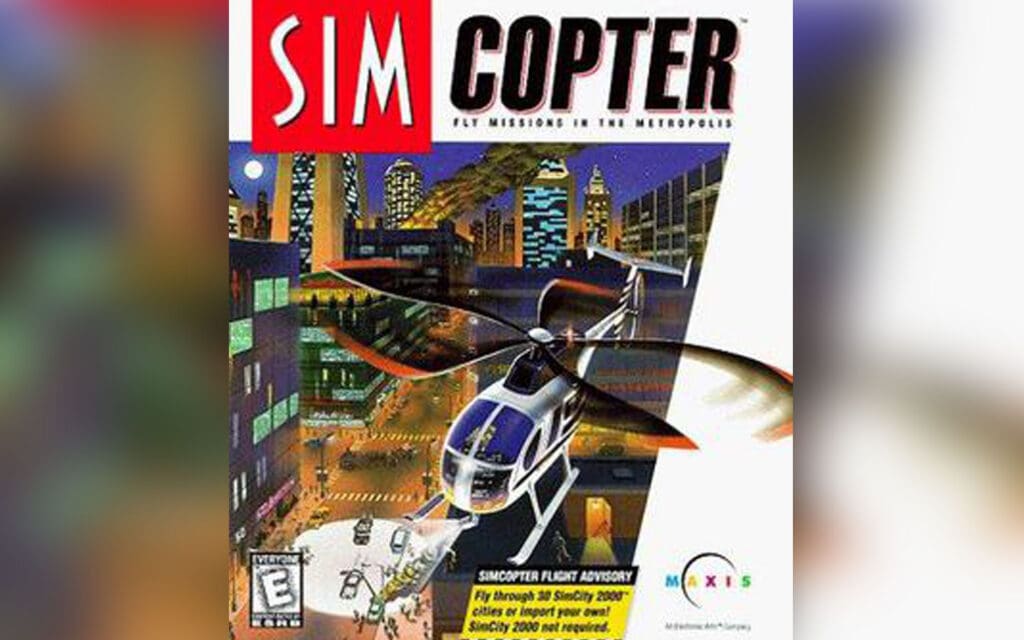
SimCopter is a flight simulator video game released in 1996. The player assumes the role of a helicopter pilot and flies over 3D cities. There are two modes: user and career. A pilot can help stop criminals, right control, perform rescues, and more. So how does a flying game stir up controversy?
The controversy comes due to an easter egg inserted within the game by designer Jacques Servin. It generated a party full of shirtless men in Speedos, hugging and kissing one another. Players could also interact with the men and appear to make out with them.
You can read more about this and other famous easter eggs in a related article.
1. Leisure Suit Larry
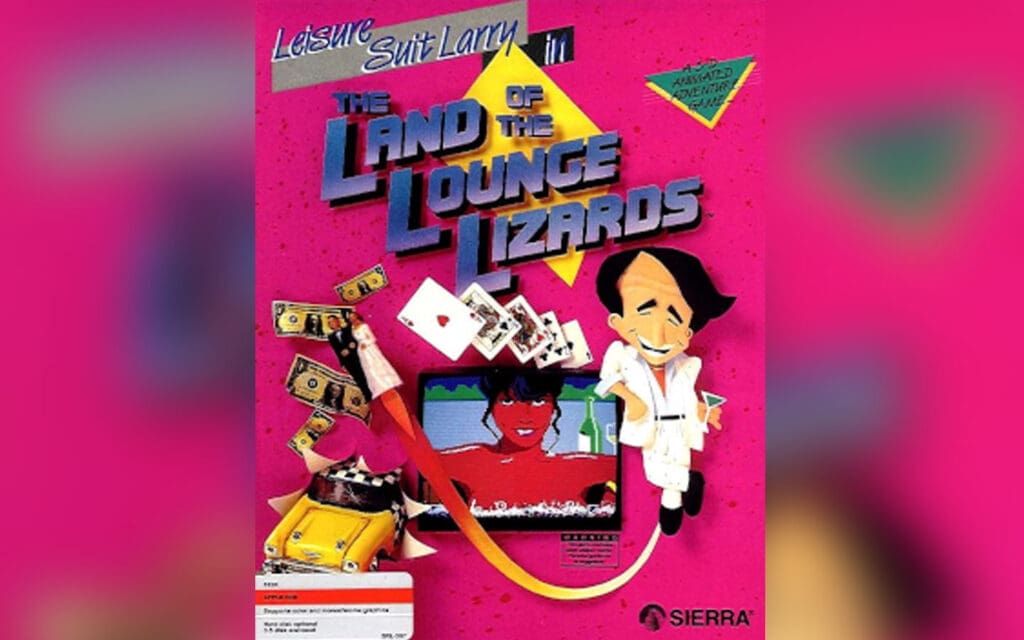
A game that is an adult-themed romance comedy is bound to create controversy from the start, and such is the case with the Leisure Suit Larry series. The first installment, Leisure Suit Larry in the Land of the Lounge Lizards, was published in 1987. The outcry seemed to be mainly over the premise because the first game was never visually explicit.
The adventure involved Larry losing his virginity, and nearly every joke was sexually oriented. However, love scenes were blacked out with a comically large “CENSORED” box. Despite the game containing no nudity, numerous stores refused to stock the title.

